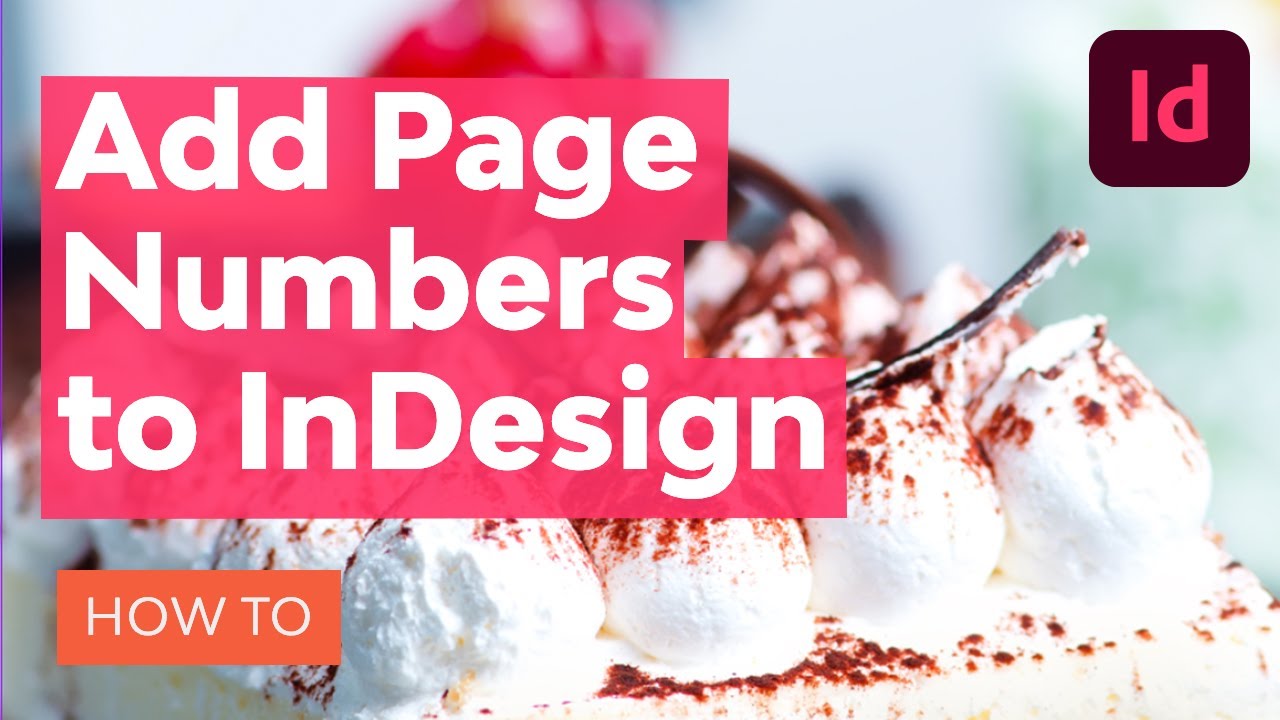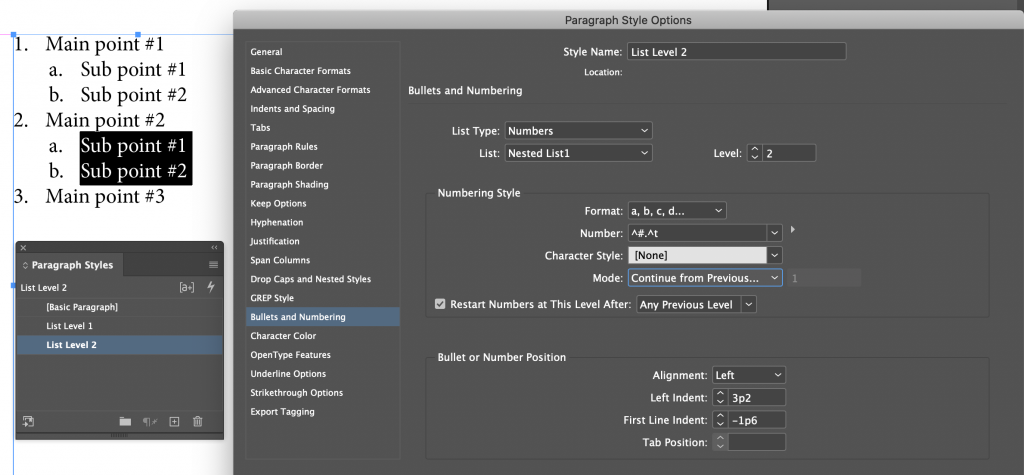

Then, right-click that spread, and uncheck "Allow Selected Spreads to Shuffle". Next, select pages 2-3 by shift-clicking them individually. The triangle above the first page indicates that a section starts there. Please start with the pages flowing the default way InDesign sets them (first page is page number 1). I hope this feature gets better in future versions.These screenshots are from InDesign CC, but should be similar to your version of InDesign. The reason I'm not just using the Size and Position Options to position the images is that sadly it can't position according to the spine and it also doesn't allow negative position. Otherwise they are behind the anchored images. I'm deliberately placing the text frames a bit outside the page so they are easier to grab later. The images will be positioned according to the spine, so you can move pages around as you like and the images will always have an outer bleed.

Part of the text frame must be inside the page, but besides that the position doesn't matter. Now you can simply apply the object style to an image and copy/paste the image into any text frame on a page. Optional: Under Frame Fitting Options you can tick on Auto-Fit and set Content Fitting > Fitting to Fill Frame Proportionally. Set Anchored Position > X Relative To and Anchored Position > Y Relative To to Page Edge. Set both Anchored Object > Reference Point and Anchored Position > Reference Point to the middle towards the spine. Under Anchored Object Options set Position to Custom. (I have an A5 document here so the width is 148 + 3 = 151 mm and the height is 210 + 3 + 3 = 216 mm.)
#ADOBE INDESIGN PAGE NUMBERS START ON PAGE 4 FULL#
Under Size and Position Options set Size > Adjust to Height & Width and set the Width and Height to the size of a full page image including bleed. This is a bit of a hacky solution, but you seem to be very interested in being able to move around pages with full page images without being forced to manually adjust the bleed, so check it out and see if it makes sense for you to use.įirst create an Object Style for your full page images and enter the Object Style options. For example like this:Īddendum: Achieving automatic bleed using anchored objects

You could still make sure that 3 mm bleed will be easy to add later, no matter if the page ends up as an even or uneven page. So one solution to your problem would be to have identical inner and outer margins and not adding bleed before the order of the pages have been approved. Also note the craziness that occurs when the cyan triangle first moves according to the margins because it's inside the page when on an even page, but then ends up exceeding the uneven page and therefore must be moved according to the page when the inserted page is deleted again. Notice in the next example how the magenta and the yellow rectangle change their relative position as the yellow rectangle is moved according to the margins and the magenta rectangle is moved according to the page. If an object crosses the page border it will not be moved according to the margins, but according to the page. So if you have a layout where all objects are placed in relation to the margins everything moves in good order.īut if you have a layout which is off-center according to the column, InDesign can't help you flip the orientation of the layout (And it shouldn't! It would be extremely annoying having some AI trying to design for me.) It still simply moves objects according to the margins. Objects will be moved according to the margins. When inserting a single page in a document with facing Pages, InDesign will actually try to help you maintaining "design integrity" as you call it. Just add Current Page Number markers to your Parent pages and InDesign will automatically handle even and uneven pages. So setting up page numbering is not a problem. (Working in single pages also makes you lose a tiny slice of your images as you will have an unneeded inner bleed.) You have to see what the reader will see in the finished product. If you are making a book or booklet I would strongly recommend that you work with Facing Pages. If I absolutely had to insert one page I would see if I could get away with adding a whole spread, or perhaps add one page and then another page a few pages ahead to isolate the shuffling to a few pages. Inserting a single page would shuffle the whole book and ruin the balance of every spread. I almost always regard the spread as a whole. In general I would always try to avoid adding a single page to a book or booklet. To me this is more of a workflow issue than a technical issue.


 0 kommentar(er)
0 kommentar(er)
